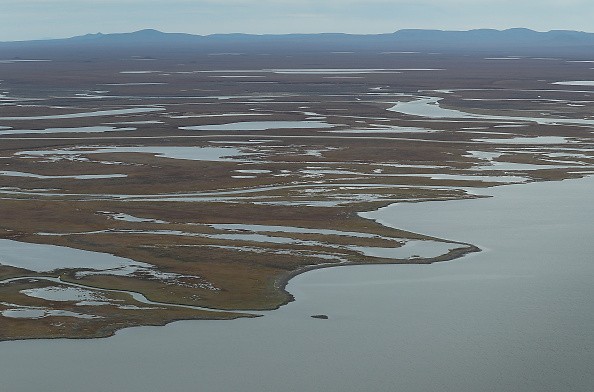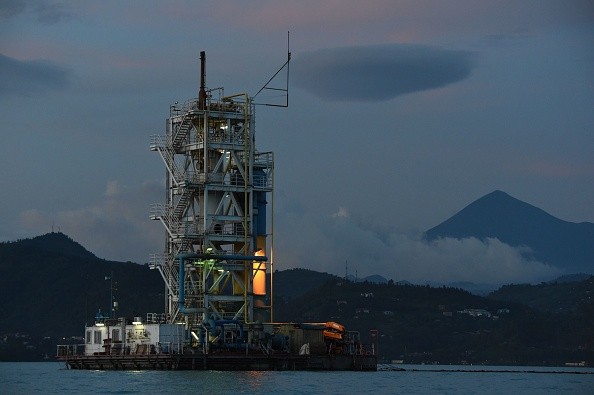In recent years, climatologists have given a warning that thawing permafrost in Siberia could possibly be a "methane time bomb" gradually exploding.
Temperatures in the region increased almost 11 degrees Fahrenheit above normal last year. This made the limestone discharge ancient methane deposits.

Methane Time Bomb
Presently, a peer-reviewed study with the use of satellite imagery and an international organization's review are warning that warming temperatures in the distant northern reaches of Russia are discharging excessive measures of methane. This methane is a powerful greenhouse gas that has far more warming power than carbon dioxide.
Robert Max Holmes, a senior scientist at the Woodwell Climate Research Center, who was not part of any of the reports, told Steve Mufson of the Washington Post that "It's not good news if it's right. Nobody wants to see more potentially nasty feedbacks and this is potentially one."
Released in the Proceedings of the National Academy of Sciences journal, the study of satellite pictures of a formerly uninvestigated location in Siberia identified the release of large amounts of methane from exposed limestone.
Climate Crisis
Last year's heat wave was accountable for the emissions together with two massive exposure of rock formations in the Yenisey-Khatanga Basin which is situated several hundred miles north of the Arctic Circle.
A lead author and also a geoscientist at the University of Bonn in Germany whose name is Nikolaus Froitzheim, is concerned about the findings of his study. He tells Tara Yarlagadda of Inverse that interpreting the data accurately may make the dissimilarity between apocalypse and catastrophe as the climate crisis get worsen.
Last year, temperatures in the region increased almost 11 degrees Fahrenheit above normal. This made the limestone discharge ancient methane deposits that had been stuck inside. This data surprised Fritzheim and other researchers who expected to discover gas in other regions.
He told the Washington Post: "We would have expected elevated methane in areas with wetlands. "But these were not over wetlands but on limestone outcrops. There is very little soil in these. It was really a surprising signal from hard rock, not wetlands."

Global State of Emergency
Another report that was published by the Climate Crisis Advisory Group (CCAG) echoes these fears, calling for a "global state of emergency" as temperatures keep increasing in Siberia and other Arctic regions. Permafrost blankets 65 percent of Russian lands, but it's rapidly liquefying.
"Scientists have been shocked that the warm weather conducive to permafrost thawing is occurring roughly 70 years ahead of model projections," the CCAG warning states.
The Moscow Times reports that it also highlighted the Arctic could possibly lose about 89 percent of its permafrost by 2100.
Warming temperatures could be forcing the Arctic close to an irreparable tipping point, prompting the release of methane and other gases, and also destroying Siberia's infrastructure, both dams and a nuclear power plant, the CCAG report cautions.
Related Article : Methane Emissions Could Fuel Climate Crisis - Study
For more news, updates about methane gases and similar topics don't forget to follow Nature World News!
© 2025 NatureWorldNews.com All rights reserved. Do not reproduce without permission.





